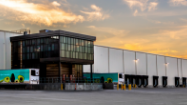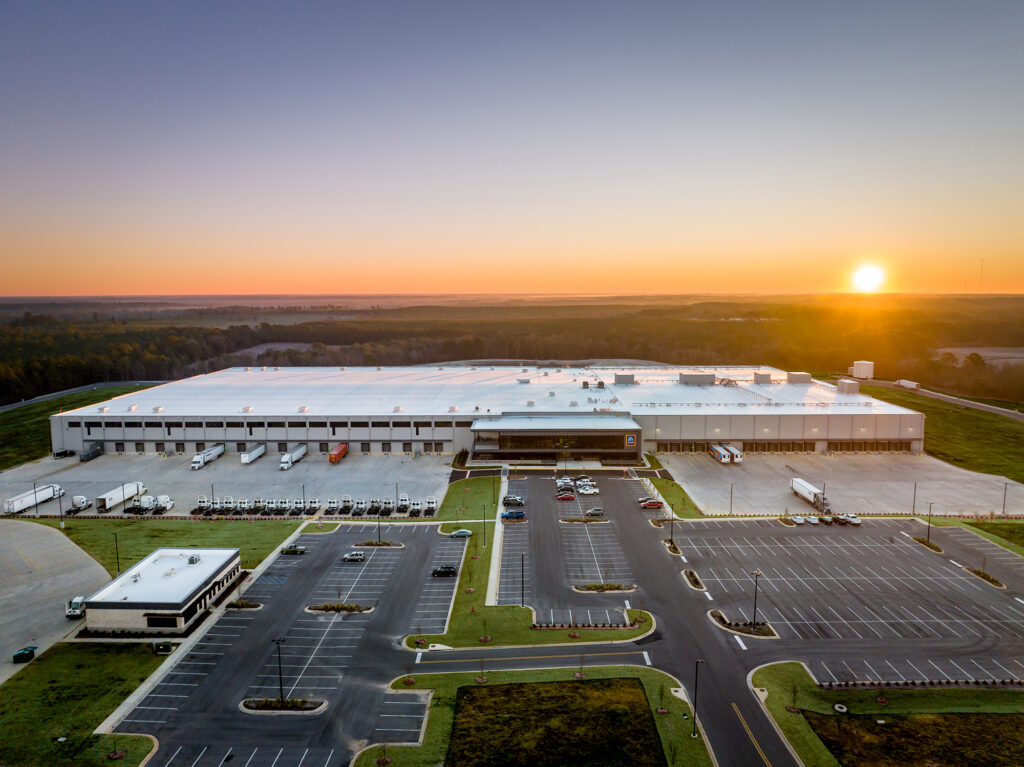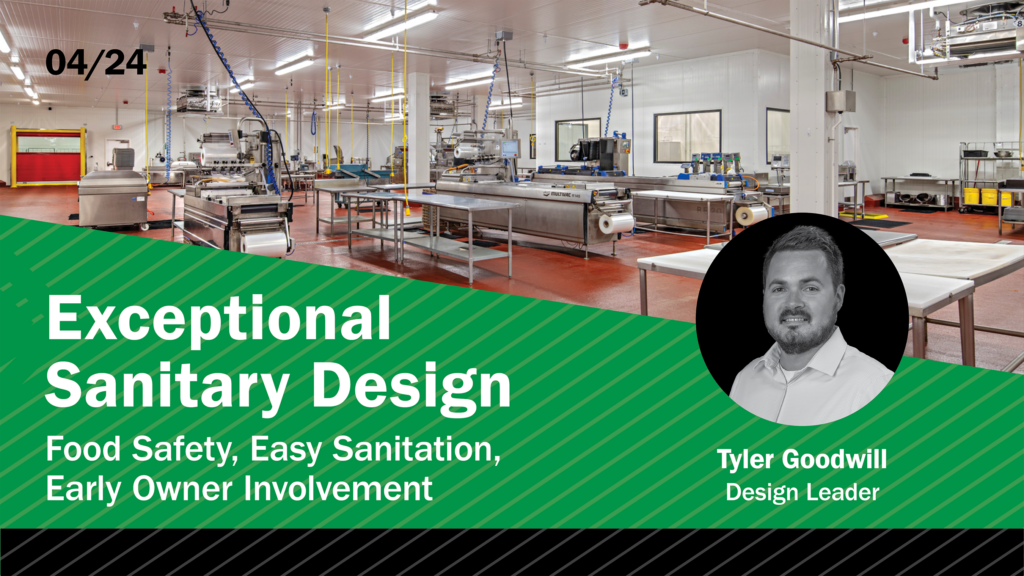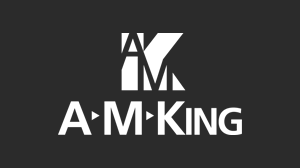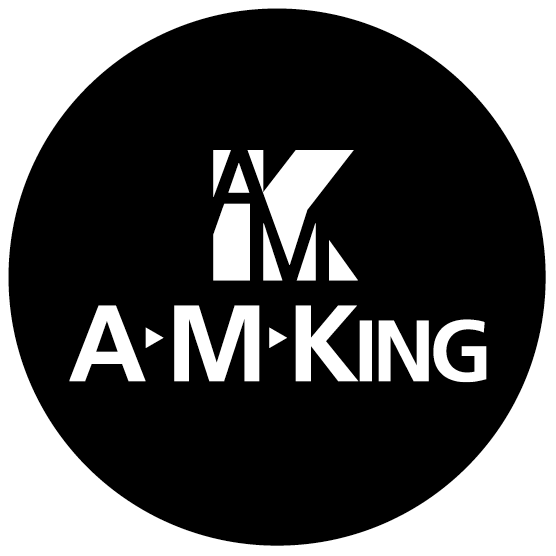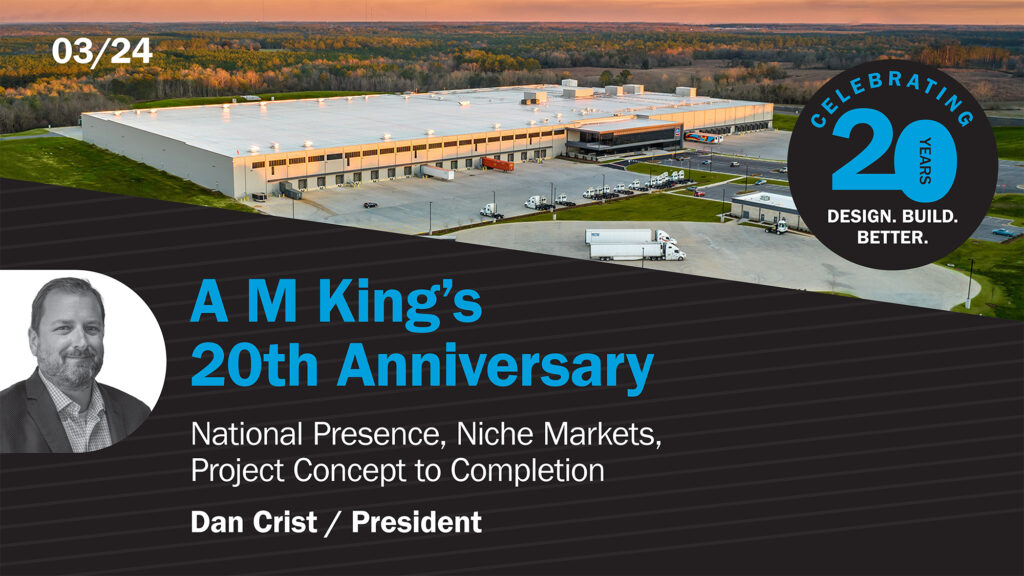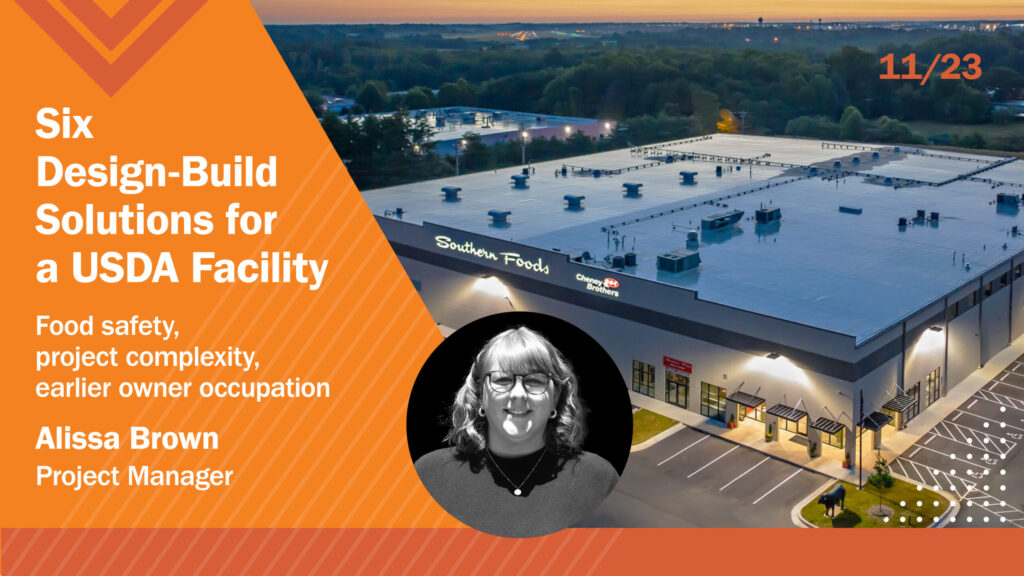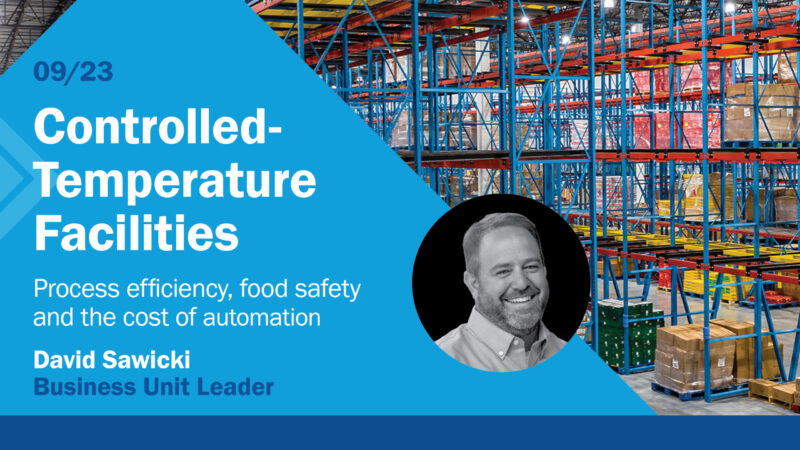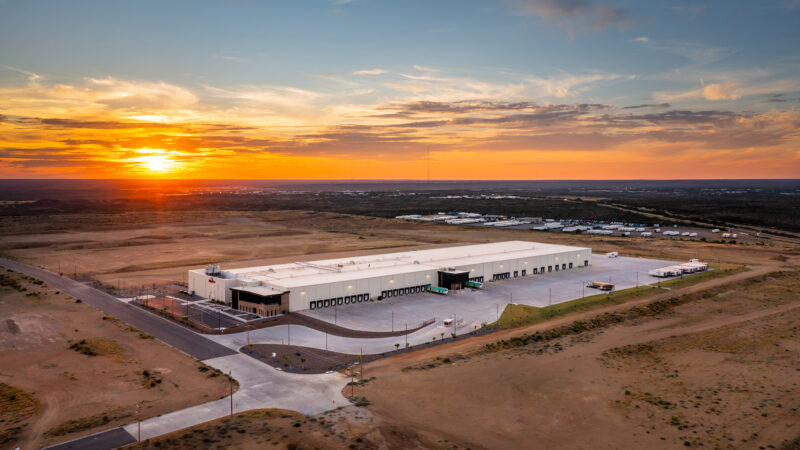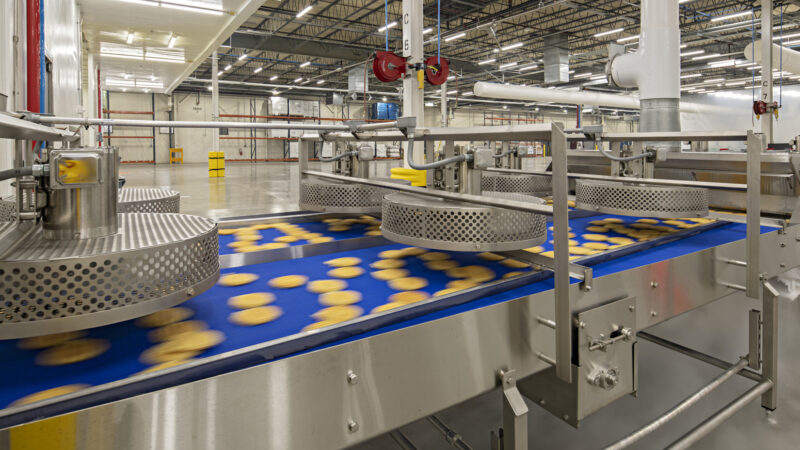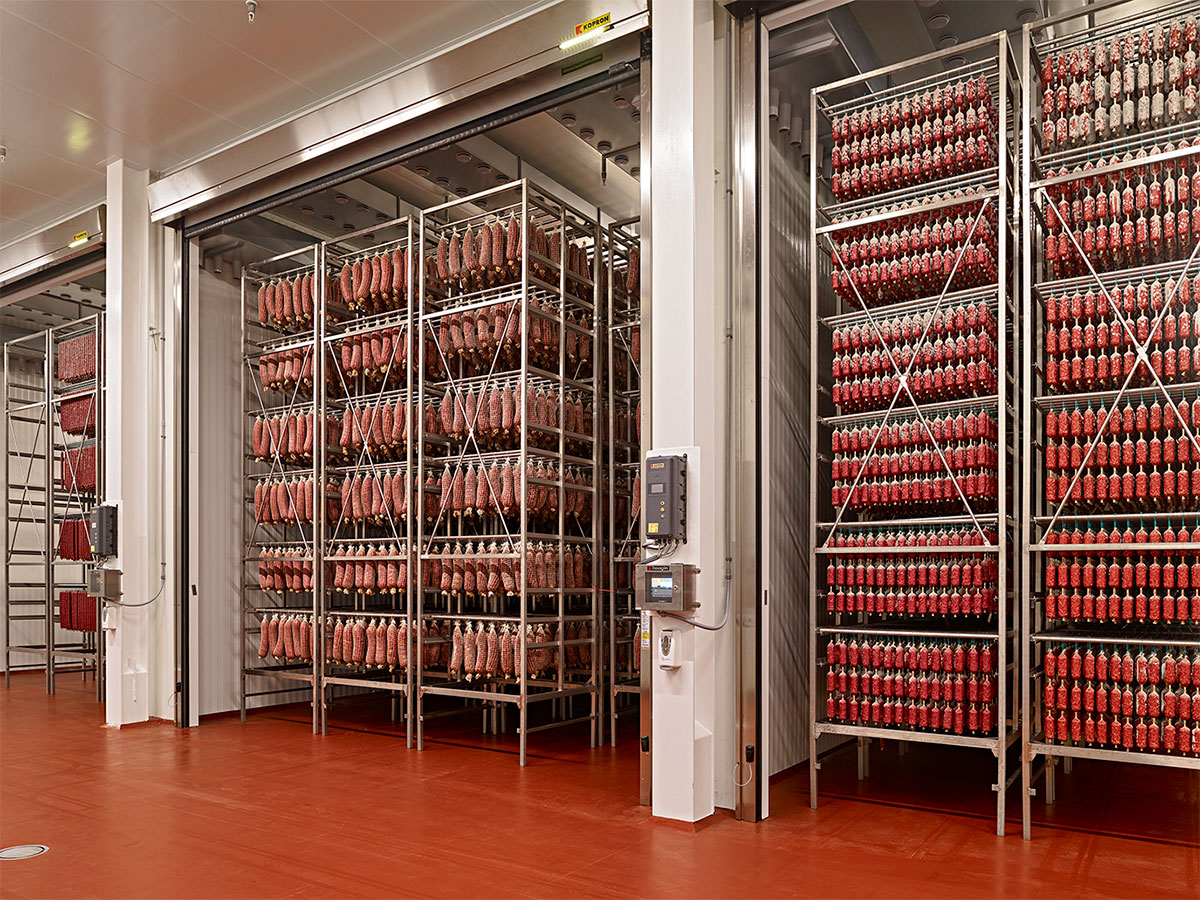
Top Three Trends for Food Processors in 2018
As we have seen an uptick in design and construction throughout almost all sectors of the food industry recently, certain trends have come to the forefront that are driving almost all projects. Successful businesses have begun to ACT. By ACT we are referring to the following:
A Automation and efficiency
C Consolidation and integration
T Transformation
Automation and efficiency: Every project involves automation and efficiency, but many renovation and retrofit projects today are geared towards nothing but that. Increased automation with regards to production equipment, often resulting in increased throughput, is a big project driver. Better-integrated control systems throughout the production line with shutdown safeguards, total speed control and data recording capabilities are now the norm, especially in light of many FSMA standards. In addition, efficiency and sustainability, depending on the return on investment, are game changers that can result in replacement of older equipment such as motors, lighting and refrigeration units. New, more efficient utility and HVAC systems and better control systems and data recording are being implemented.
Consolidation and integration: Many projects today involve consolidation of older, inefficient facilities into a newer facility, which may result in an expansion, or in some instances, a new facility all together. Additional processes are being introduced into an existing operation to achieve more vertical integration. For instance, even though a prepared foods facility utilizing meat and cheese products may not want to enter the first processing operation, they are considering food preparation, cooking, slicing and other similar operations to further streamline, increase quality and become more competitive. Other processes such as blast freezing and High Pressure Processing (HPP) are also becoming quite common. These projects are resulting in many renovations and expansions to various types of existing facilities.
Transformation: This involves both external and internal transformations. Successful companies want to be known as community supporters and want the community to be proud to have them. This is happening through environmental enhancements, sustainability and community involvement. These businesses want to be known as good places to work, which leads to improvements in employee safety measures and employee comfort enhancements. This may include items such as slip resistant surfaces, elimination of 90-degree angles on items like tabletops and ergonomic features such as automatic lift tables. Break area and training room enhancements are being considered for comfort, technology and social interaction. These companies also want to be known for a safe, quality product. This is resulting in a myriad of plant improvements. The introduction of hygienic units with sanitation cycles to help control both airborne and waterborne contaminants are becoming the norm in high-risk areas and replacing older standard refrigeration air units. Many improvements are being made with regards to employee and product flow and total separation of raw and ready-to-eat product and employees including both physical and mechanically forced barriers. Separate sewer systems are being utilized for raw product to prevent contamination of ready-to-eat areas in case of a blockage.
The aforementioned examples are just a few of what is driving projects today and into the foreseeable future. It has become obvious that successful owners are going to ACT because if they do not, it could be very painful to REACT.
